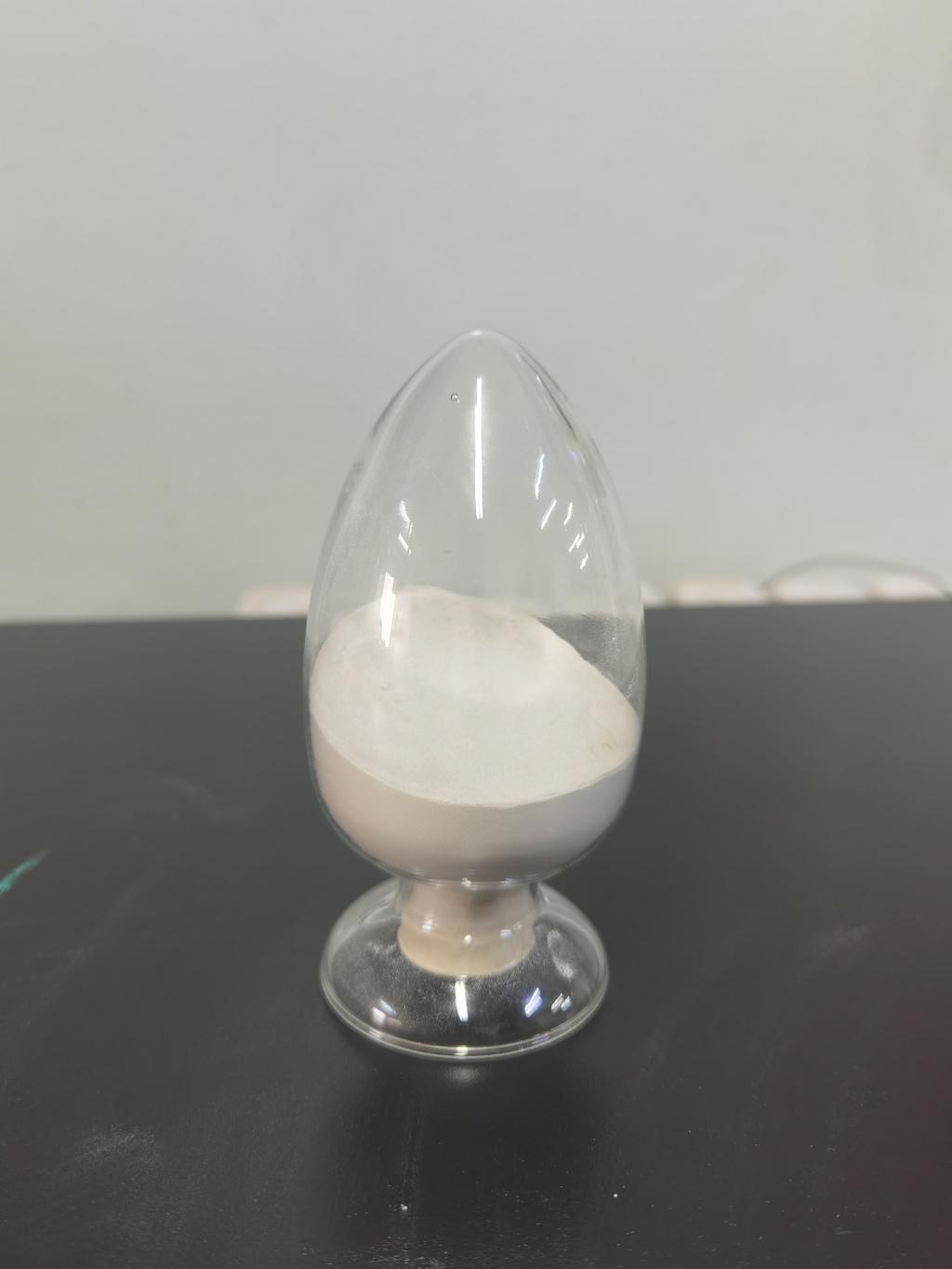Tel:+8618231198596

News
 CONTACT
CONTACT
 CONTACT
CONTACT
- Linkman:Linda Yao
- Tel: +8618231198596
- Email:linda.yao@dcpharma.cn
- Linkman:CHARLES.WANG
- Department:Overseas
- Tel: 0086 0311-85537378 0086 0311-85539701
News
Can Nisin be used as a natural preservative in dairy-based desserts?
TIME:2023-06-20
Introduction
Dairy-based desserts are susceptible to spoilage due to the presence of moisture, nutrients, and pH levels favorable for microbial growth. Traditional preservation methods, such as heat treatment and chemical preservatives, may alter the sensory properties and nutritional value of the desserts. As consumer demand for natural and minimally processed foods continues to rise, there is a need to explore alternative preservation methods that meet these requirements. Nisin, a natural antimicrobial peptide, offers a promising solution.
Nisin: An Overview
Nisin is a polycyclic antibacterial peptide produced by Lactococcus lactis, a lactic acid bacteria strain. It exhibits potent antimicrobial activity against a broad spectrum of Gram-positive bacteria, including many foodborne pathogens such as Listeria monocytogenes. Nisin is considered safe for consumption, and regulatory bodies around the world have approved its use in various food applications.
Mechanism of Action
Nisin exerts its antimicrobial effects by disrupting the integrity of the bacterial cell membrane, leading to cell death. It binds to lipid II, a key precursor in bacterial cell wall synthesis, and forms pores that result in membrane depolarization and leakage of cellular contents. This unique mode of action reduces the likelihood of bacterial resistance development, making nisin an attractive option for food preservation.
Efficacy of Nisin in Dairy-Based Desserts
Several studies have investigated the efficacy of nisin in preserving the quality and extending the shelf life of dairy-based desserts. Results have consistently demonstrated its ability to inhibit the growth of spoilage and pathogenic bacteria, effectively preventing product deterioration. Nisin's efficacy depends on factors such as concentration, pH, temperature, and the presence of other food components. Optimal conditions for nisin application should be determined based on specific dessert formulations.
Impact on Food Safety
The use of nisin as a natural preservative contributes to enhanced food safety in dairy-based desserts. Its antimicrobial activity against pathogens like Listeria monocytogenes ensures the inhibition of bacterial growth during storage and distribution. Incorporating nisin into the manufacturing process can help reduce the risk of foodborne illnesses associated with dairy desserts.
Preservation of Taste, Texture, and Quality
Maintaining the sensory attributes and quality of dairy-based desserts is crucial for consumer acceptance. Studies have shown that nisin has minimal impact on the taste, aroma, and texture of treated products. Furthermore, nisin's mode of action primarily targets bacterial cells, allowing it to preserve the natural characteristics of the dessert while extending its shelf life.
Regulatory Considerations
The regulatory approval for the use of nisin as a food preservative varies among countries. However, nisin has generally been recognized as safe and approved for use in various food applications, including dairy products. Food manufacturers should adhere to local regulations and guidelines when incorporating nisin into their dessert formulations.
Consumer Perception and Market Potential
Consumer demand for clean label products and natural ingredients continues to influence the food industry. The use of nisin as a natural preservative aligns with these trends, offering a potential marketing advantage. Communicating the benefits of nisin, such as enhanced food safety and extended shelf life, can help meet consumer expectations for safe and high-quality dairy-based desserts.
Future Research and Challenges
While the application of nisin in dairy-based desserts shows promise, further research is needed to optimize its use. Factors such as dosage, processing conditions, and compatibility with other ingredients require careful investigation. Additionally, addressing any potential interactions between nisin and other components in the dessert matrix is crucial to ensure its effectiveness.
Conclusion
The utilization of nisin as a natural preservative in dairy-based desserts, such as puddings and ice cream, offers a viable solution to extend their shelf life, enhance food safety, and maintain product quality. Nisin's antimicrobial properties, minimal impact on sensory attributes, and regulatory approvals make it an attractive option for food manufacturers seeking natural preservation methods. Further research and collaboration between academia, industry, and regulatory bodies will continue to drive innovation in this field, ensuring the production of safe and high-quality dairy desserts for consumers worldwide.
- Tel:+8618231198596
- Whatsapp:18231198596
- Chat With Skype







